In this polluted world breathing clean and fresh air at home is more important than ever, and with pollutants everywhere, indoor plants can help purify the air naturally.
They not only beautify your space but also improve your health, so let’s explore 20 of the best indoor plants that can help you breathe easier.

Indoor Plants For Air Purification
1. Areca Palm
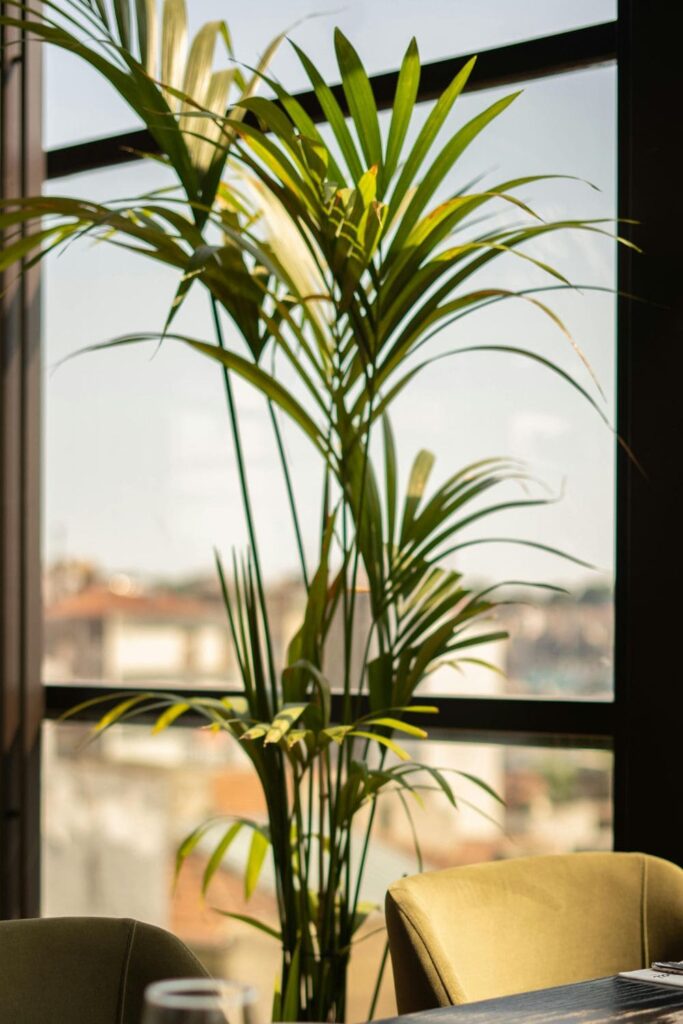
Areca palms are elegant and tall, and are known for their ability to filter out formaldehyde, xylene, and toluene.
Areca palms prefer bright, indirect light and require regular watering, they’re also great at adding humidity to the air.
2. Peace Lily
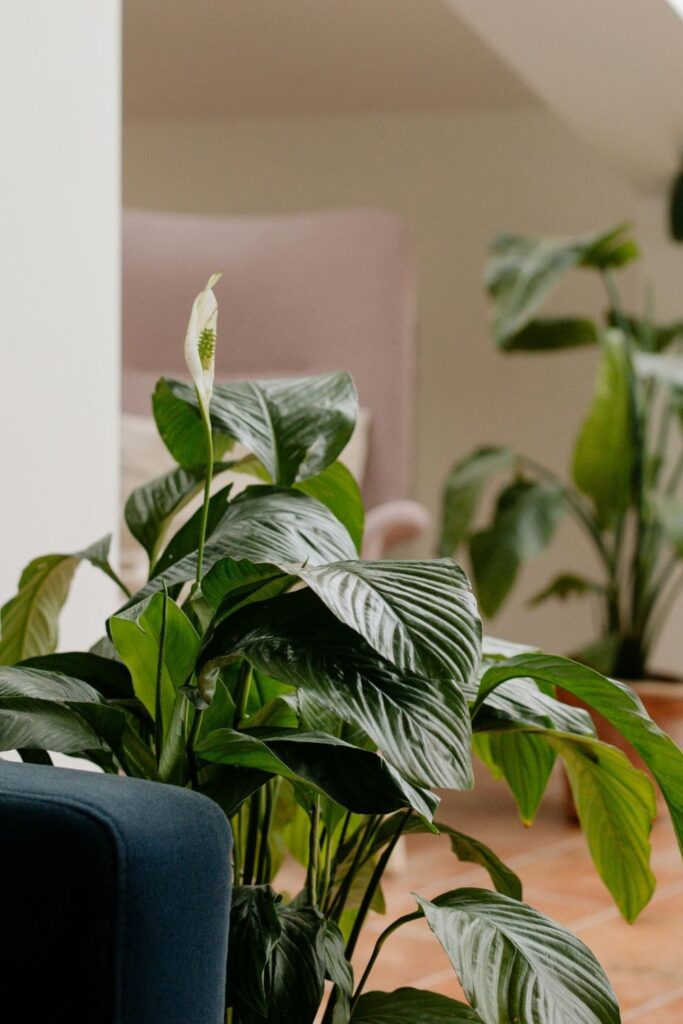
Peace lilies are not just pretty, they’re powerful air purifiers, and excel at removing mold spores from the air, making them ideal for bathrooms.
Peace lilies prefer low to medium light and are easy to care for, just be mindful if you have pets, as they’re toxic to animals.
3. Snake Plant
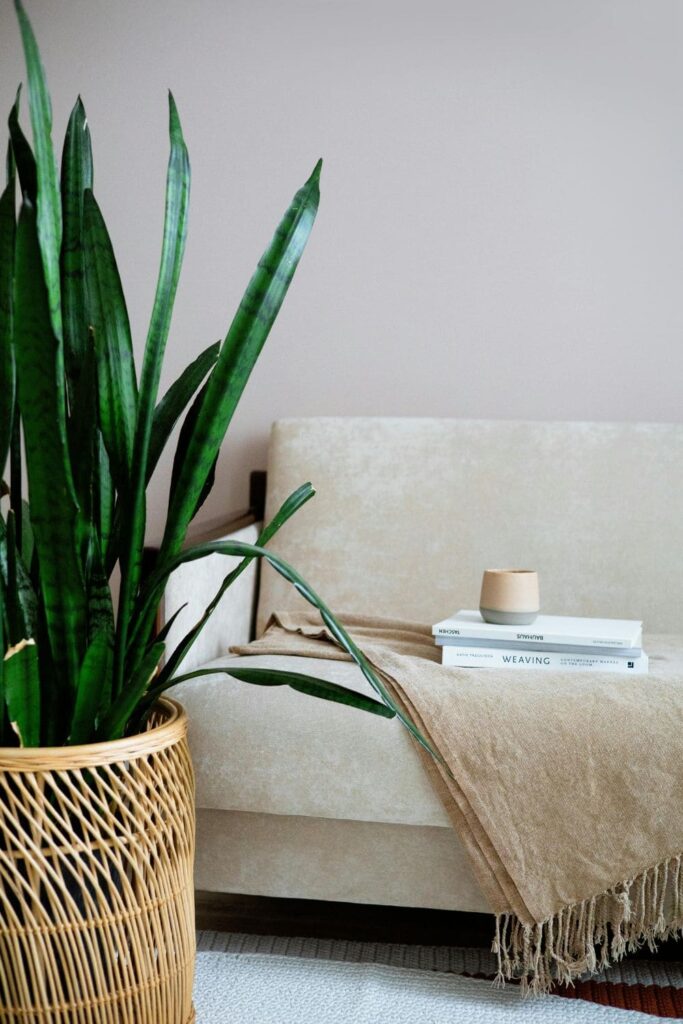
Snake plants are incredibly resilient, and can tolerate low light and irregular watering.
They’re also known for their air-purifying abilities, they absorb toxins like formaldehyde, benzene, and trichloroethylene. Their tall, upright leaves make them a striking addition to your decor.
4. Bird’s Nest Fern

Bird’s nest ferns have lush, wavy fronds that add a tropical vibe to any room, and are good at filtering out formaldehyde and xylene.
These ferns prefer indirect light and high humidity, they’re also quite forgiving, making them a good choice for plant enthusiasts of all levels.
5. Heartleaf Philodendron

Heartleaf philodendrons are easy-to-grow plants that help purify the air, and they are effective at removing formaldehyde and are tolerant of low light.
These plants prefer to dry out between waterings and can be grown as trailing or climbing plants.
6. Lavender
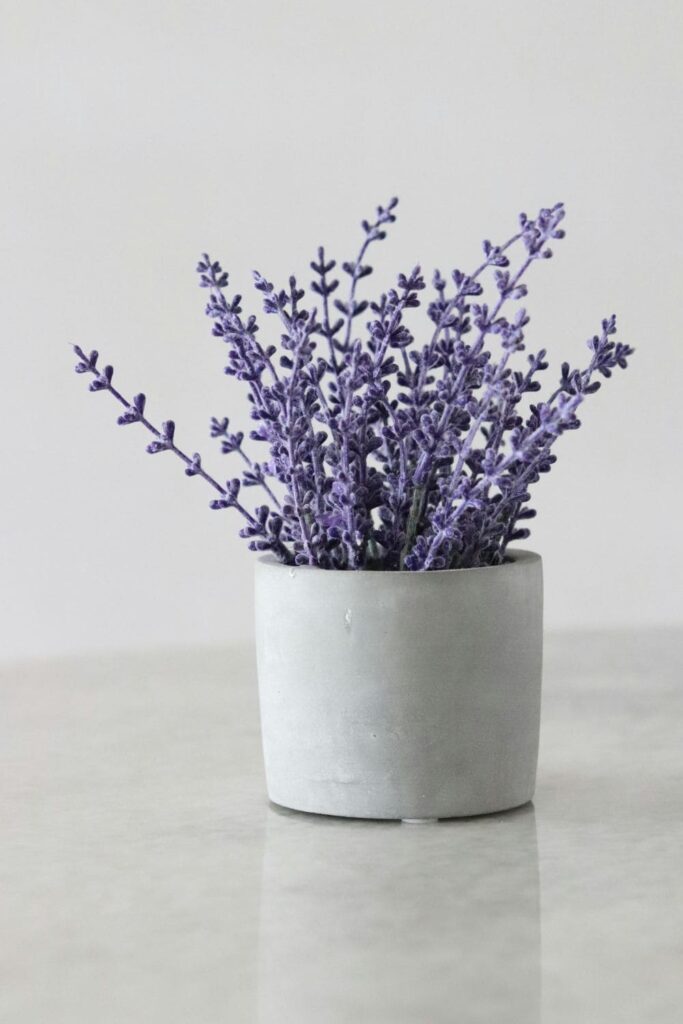
Lavender is well-known for its calming scent, but it also has air-purifying qualities, and can reduce airborne mold and bacteria.
Lavender prefers bright, direct sunlight and well-drained soil, and its fragrant flowers can also be used in various DIY projects.
7. Peacock Plant
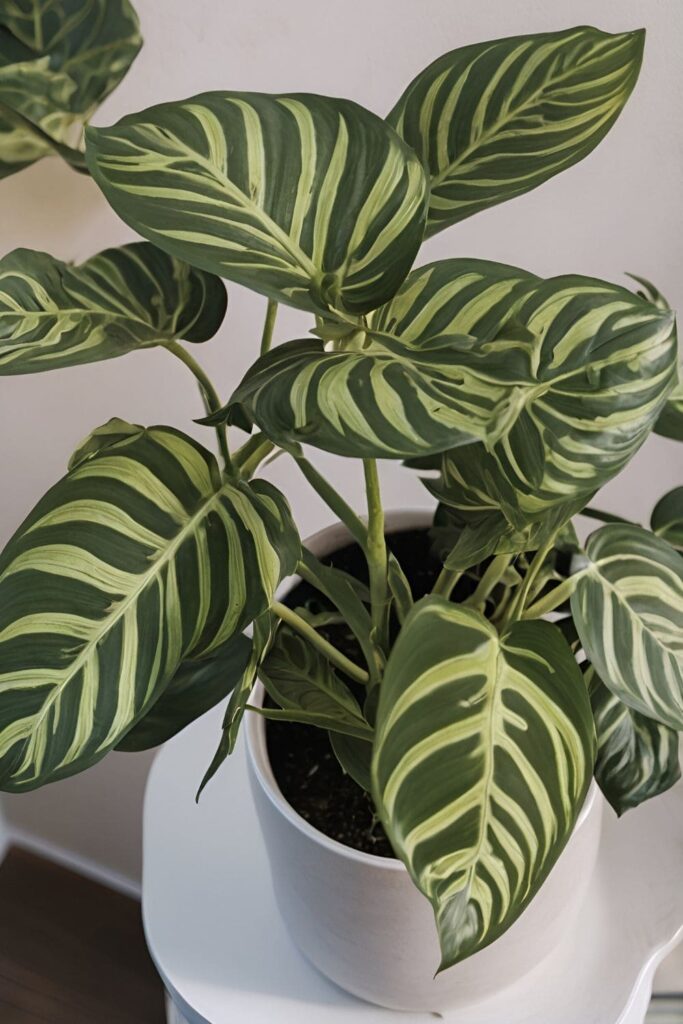
Peacock plants are named for their stunning, patterned leaves, and are effective at removing toxins like formaldehyde.
Peacock plants thrive in indirect light and high humidity, they need regular watering and are perfect for adding colors to your indoor garden.
8. Fiddle Leaf Fig
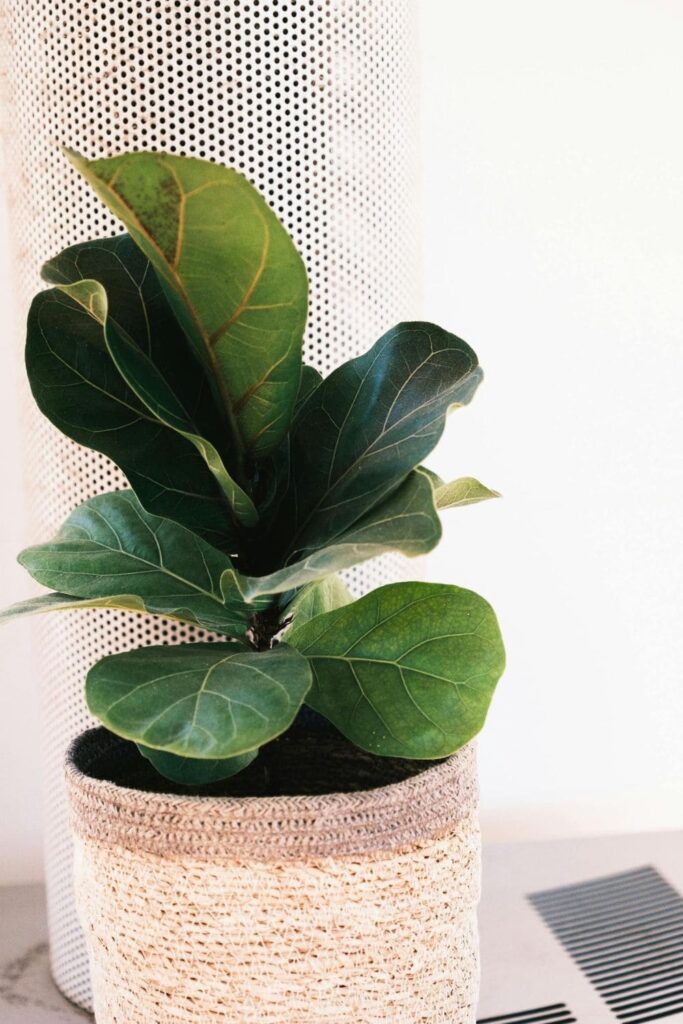
Fiddle leaf figs are trendy plants known for their large, violin-shaped leaves, and they are excellent at removing formaldehyde and other pollutants.
These plants prefer bright, indirect light and consistent watering, their dramatic foliage makes them a popular choice for modern interiors.
9. Parlor Palm
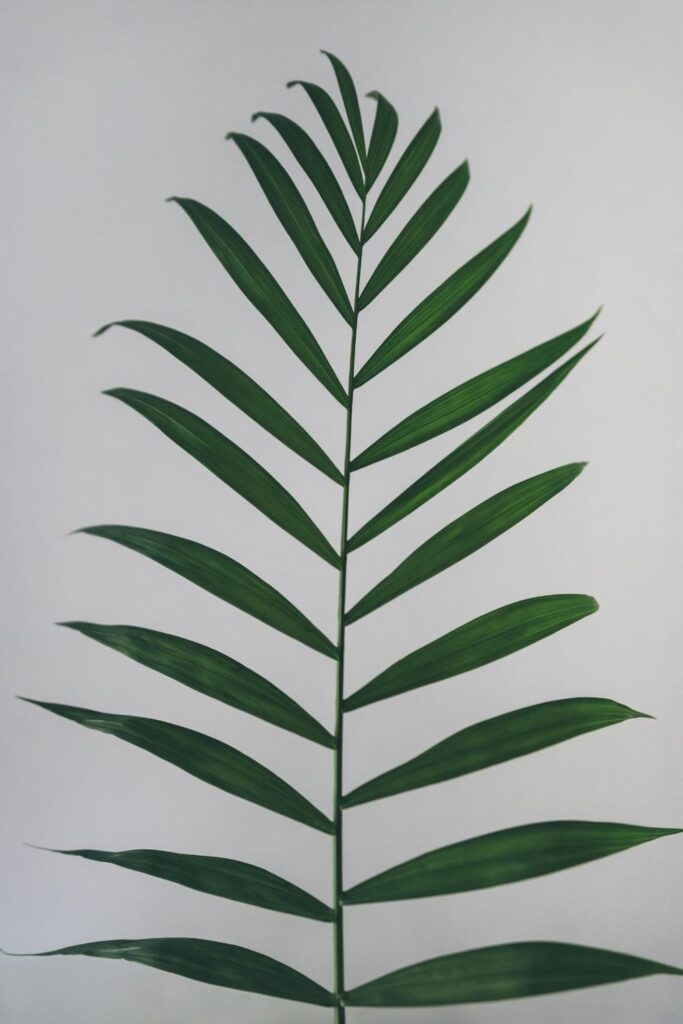
Parlor palms are classic indoor plants that can thrive in low light, and are effective at removing pollutants like benzene and formaldehyde.
Parlor palms prefer indirect light and require regular watering, and their feathery fronds add a touch of the tropics to any indoor space.
Related: 17+ Indoor Plants For Your Bedroom
10. Rubber Plant
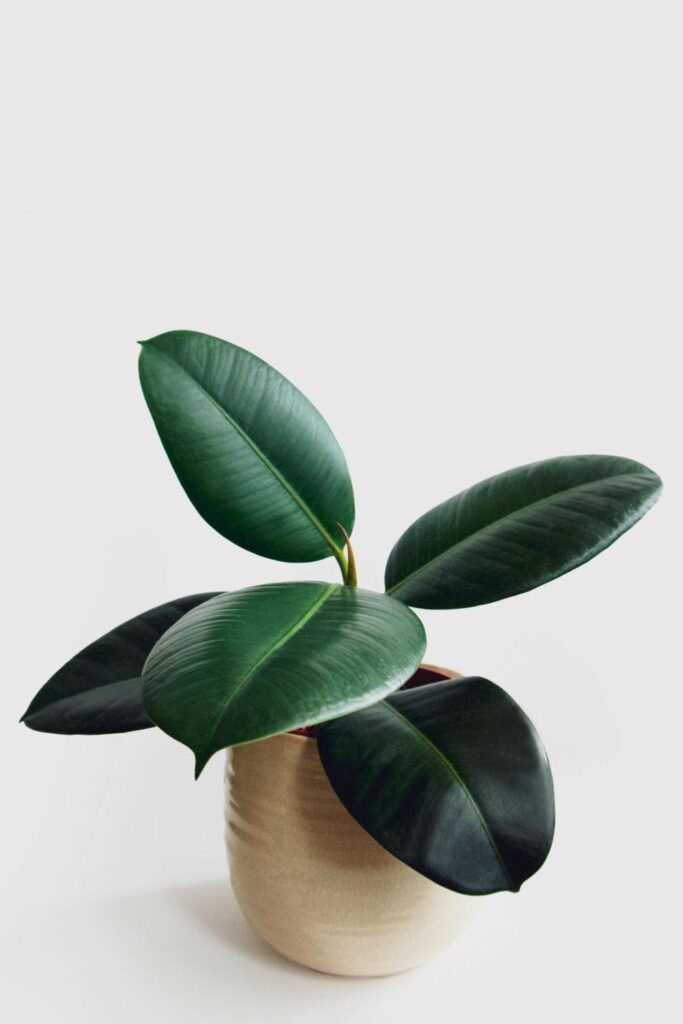
Rubber plant is not only aesthetically pleasing but also excellent air purifiers, and they are particularly good at removing formaldehyde from indoor air.
Rubber trees prefer bright, indirect light and need moderate watering, with their glossy leaves and impressive height, they can make a bold statement in any room.
11. ZZ Plant
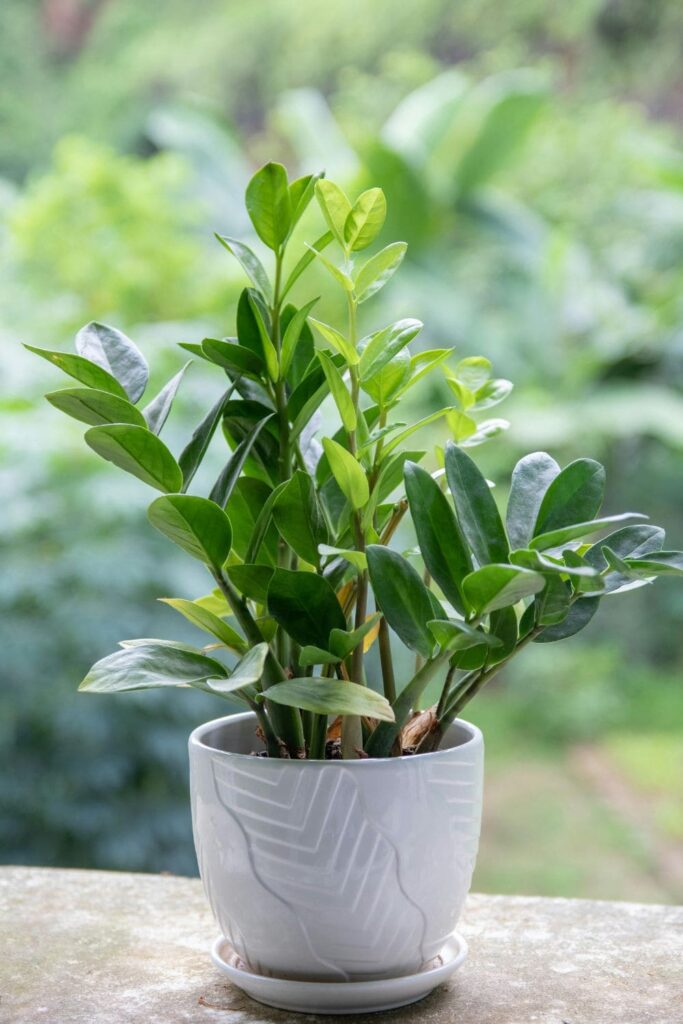
The ZZ plant is tough and forgiving, and perfect for those who often forget to water their plants, the ZZ plant is great at removing toxins like xylene and toluene.
It prefers low to bright indirect light and is drought-tolerant, making it an ideal choice for busy households.
12. Calathea

Calatheas are known for their beautiful, patterned leaves, and they’re also great air purifiers, effective at removing toxins like formaldehyde.
These plants thrive in indirect light and high humidity, and need consistent moisture and make a lovely addition to any indoor plant collection.
13. Philodendron

Philodendrons are easy to care for and are excellent at air purification, as they absorb formaldehyde, which is common in carpets and cleaning products.
These plants do well in low to bright indirect light, and are also versatile and can be grown in pots or hanging baskets.
14. Chrysanthemum

Chrysanthemums, or mums, are great for air purification, they help remove ammonia, benzene, and formaldehyde.
Mums love bright light, so place them near a sunny window. They’re seasonal, but with proper care, they can last for several weeks indoors.
15. Dracaena
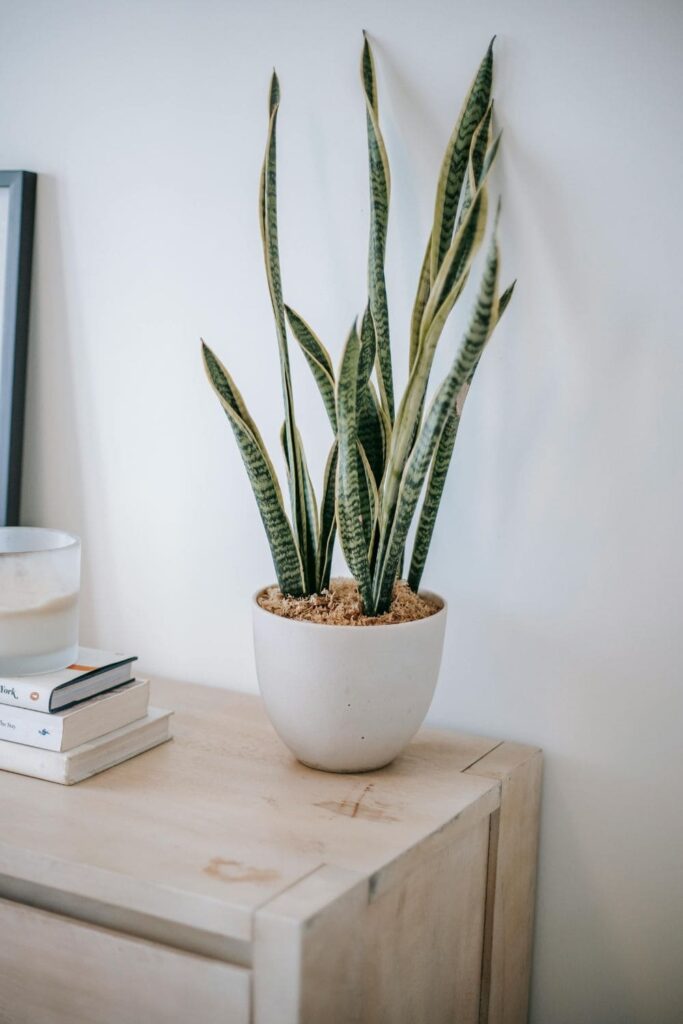
Dracaenas are easy to grow and come in various sizes and colors, and help filter out benzene, formaldehyde, and trichloroethylene.
Dracaenas prefer low to medium light and need moderate watering, which makes them the perfect choice for beginners.
16. Gerbera Daisy

Gerbera daisies are vibrant and cheerful, they’re excellent at removing benzene and trichloroethylene.
These colorful flowers need plenty of sunlight and well-drained soil, so place them in a bright spot to enjoy their beauty and benefits.
17. Bamboo Palm
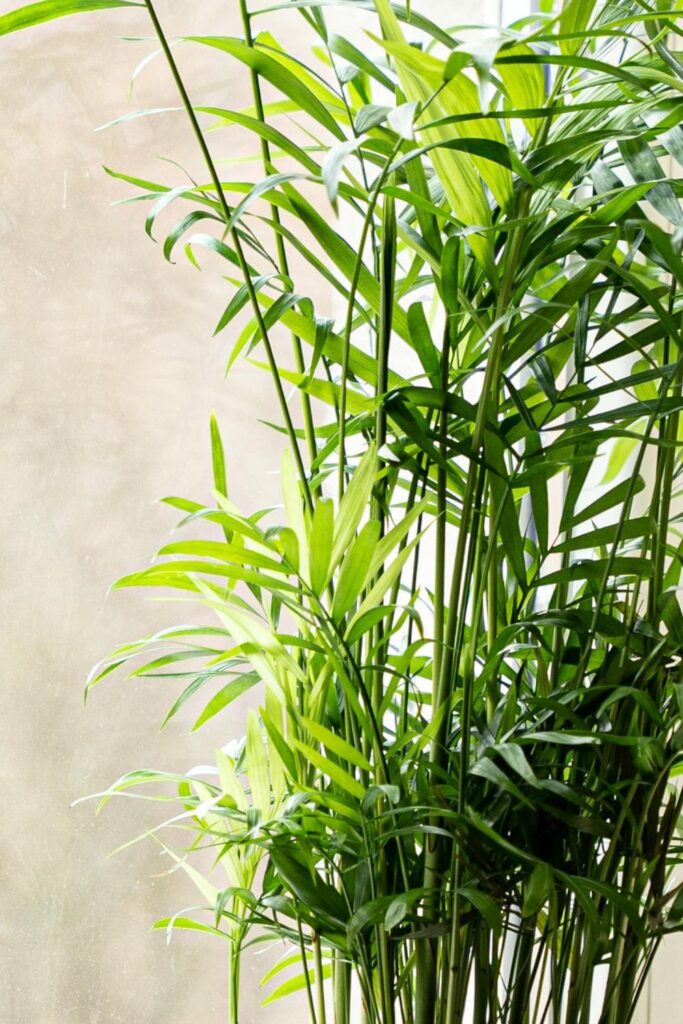
Bamboo palms can help add a tropical feel to any room, and they help in removing formaldehyde and act as natural humidifiers.
Bamboo palms prefer indirect light and moist soil, and are also pet-friendly, making them a great choice for households with animals.
18. English Ivy
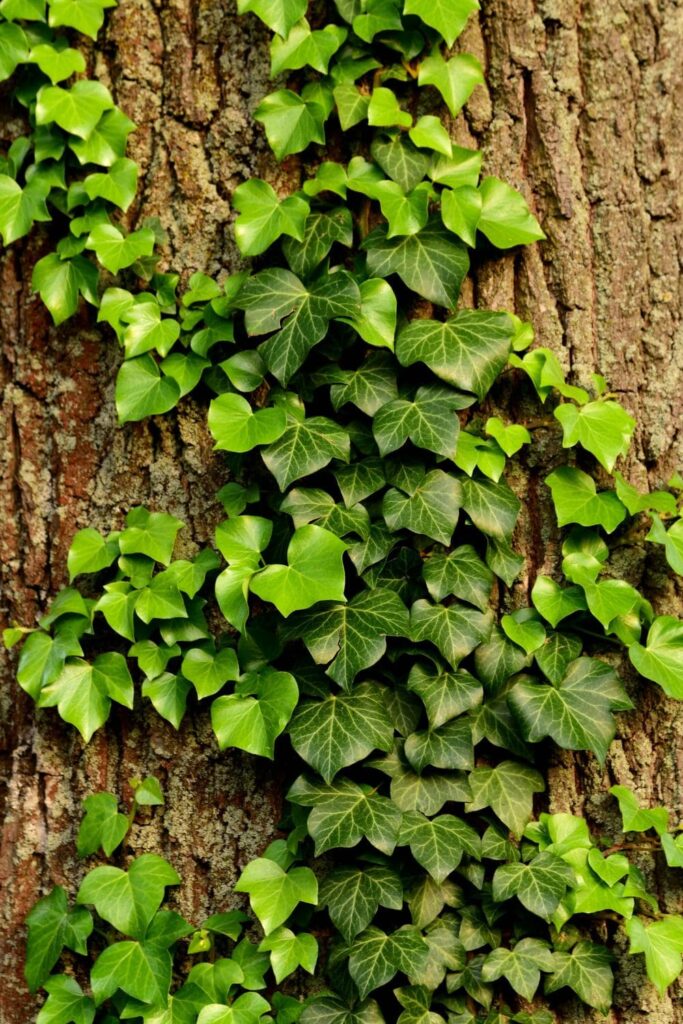
English ivy is a very hardy plant, and it’s effective at reducing airborne mold and other toxins.
Ivy can be grown in hanging baskets or as a ground cover for larger pots, and it thrives in moderate sunlight and requires regular watering.
19. Eucalyptus

Eucalyptus plants are not only fragrant but can also help improve indoor air quality, as they can remove toxins like formaldehyde and d-limonene.
Eucalyptus prefers bright, indirect light and well-drained soil, their aromatic leaves can also be used in home remedies and crafts.
20. Boston Ivy
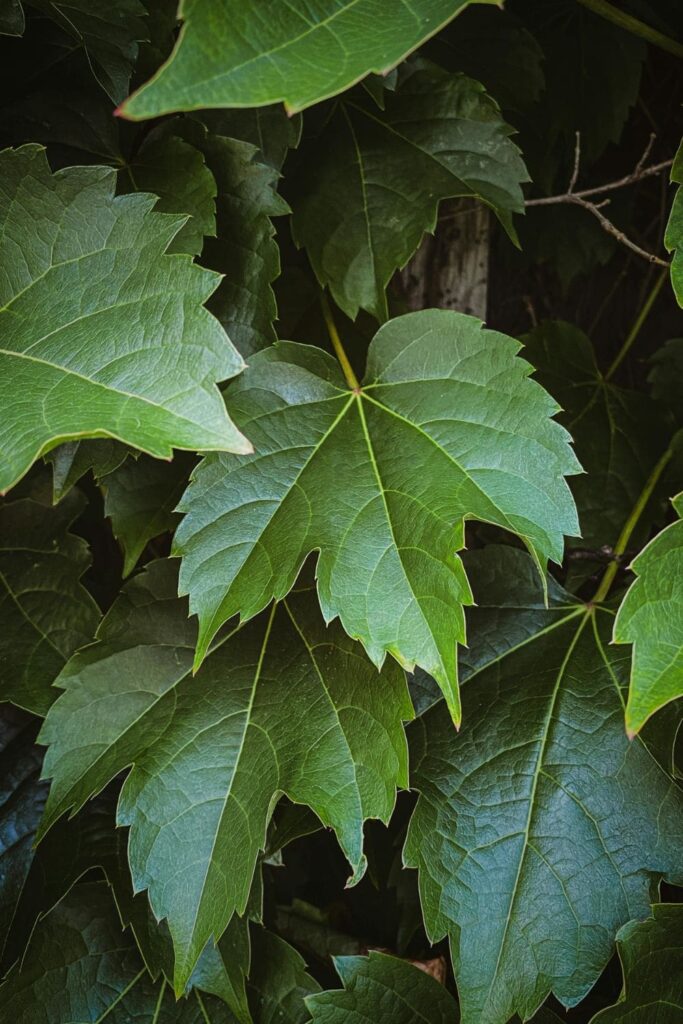
Boston ivy is a vigorous climber that can purify the air, and it’s particularly good at removing airborne mold.
Boston ivy prefers bright, indirect light and needs regular watering, it’s mostly used as a decorative vine on walls and trellises.
FAQs About Air Purifying Plants
Indoor plants purify the air through a process called phytoremediation, in which they absorb pollutants through their leaves and roots, converting them into harmless substances, which helps reduce indoor air pollutants and improve overall air quality.
Indoor plants like snake plants, peace lilies, and spider plants are excellent for air purification, and can remove toxins like formaldehyde, benzene, and xylene from the air, making your home healthier.
The number of plants needed depends on the size of your space and the types of plants you choose, generally, having at least one air-purifying plant per 100 square feet can significantly improve air quality.
Air-purifying plants typically require standard plant care, including proper lighting, watering, and occasional fertilizing, and some plants, like snake plants and aloe vera, are low-maintenance, while others may need more attention.
Conclusion
Improving and expanding your collection of indoor plants should significantly improve the air quality in your home, each of these plants offers unique benefits, from purifying the air to adding aesthetic appeal.
Whether you’re looking something more exotic, there’s a plant on this list to should suit needs, so seize the natural beauty and health benefits that indoor plants bring, and enjoy a fresher, more vibrant living space.
Pingback: 20 Best Indoor Plants For Your Living Room You Need Right Now!
Pingback: 20 Fall Crafts with Scrap Wood: Do Fall Decor Before It's Too Late!